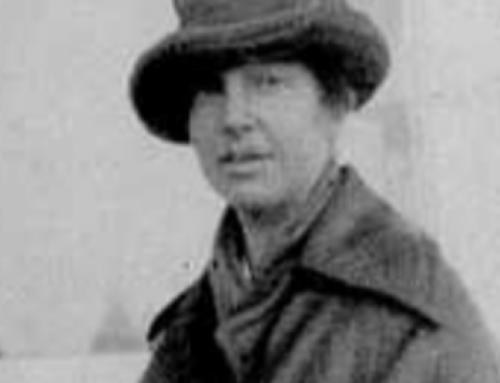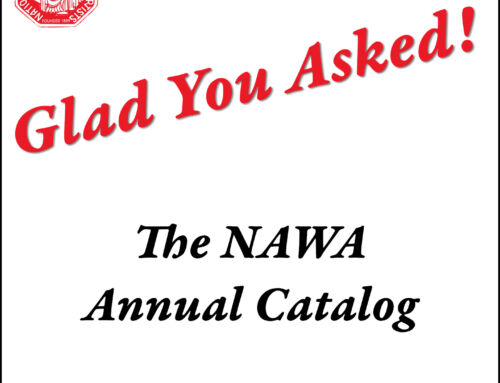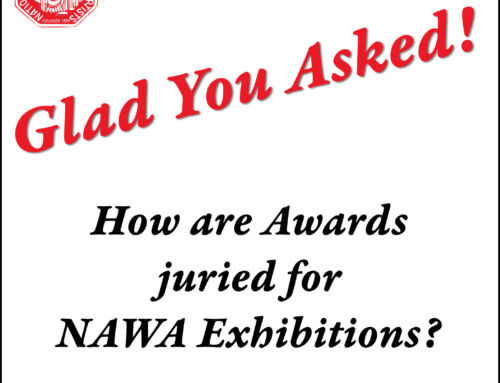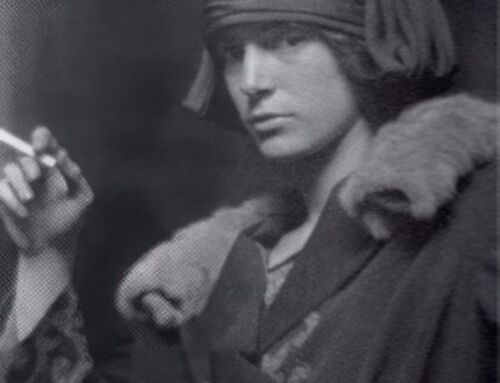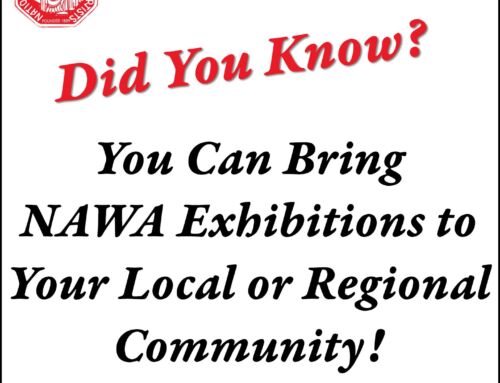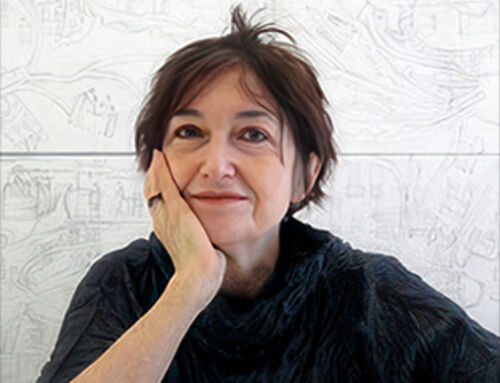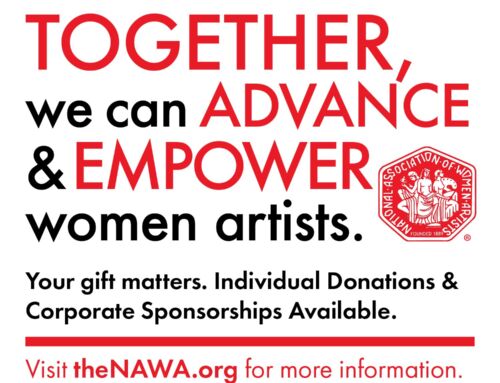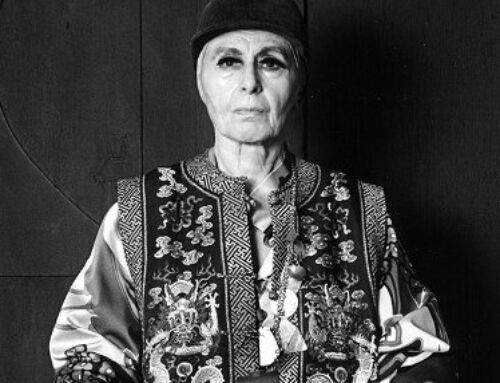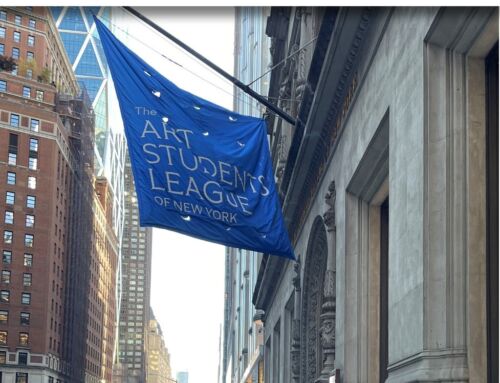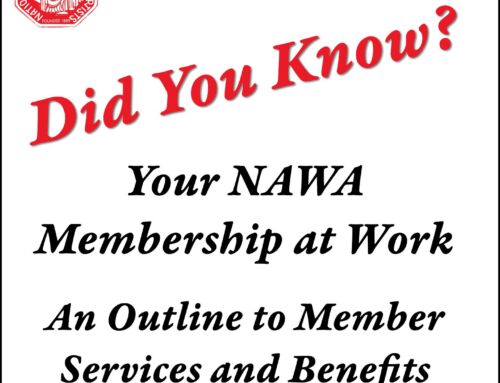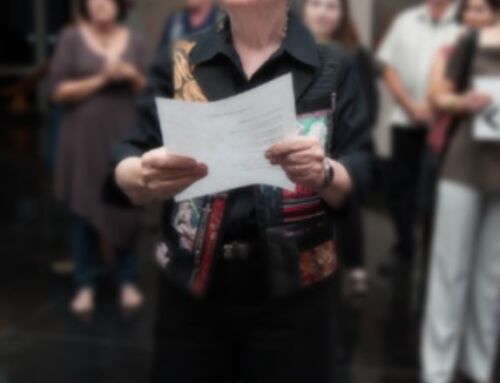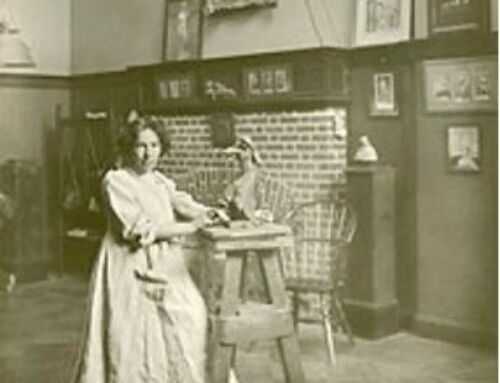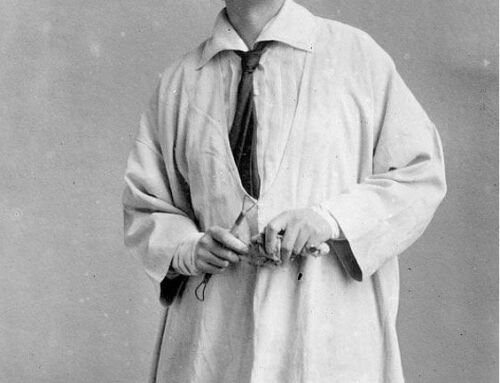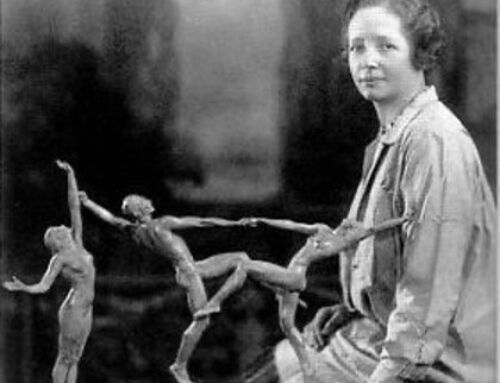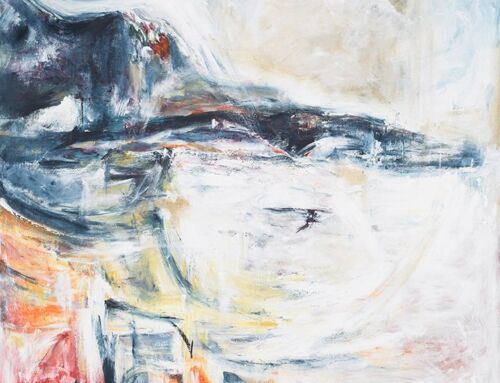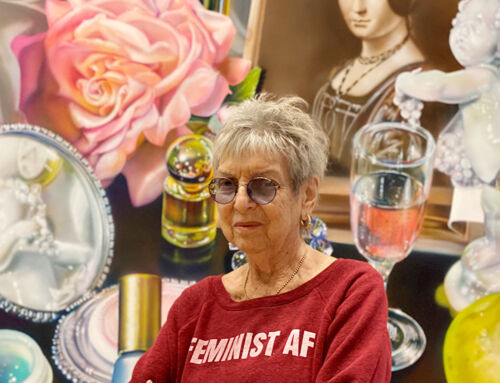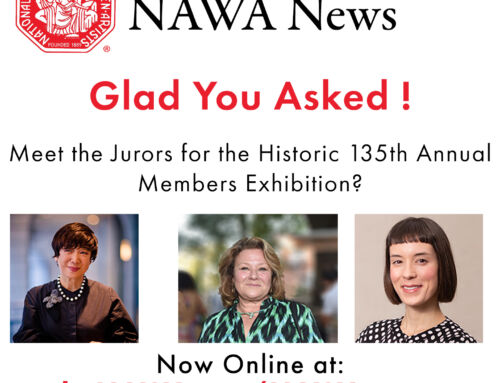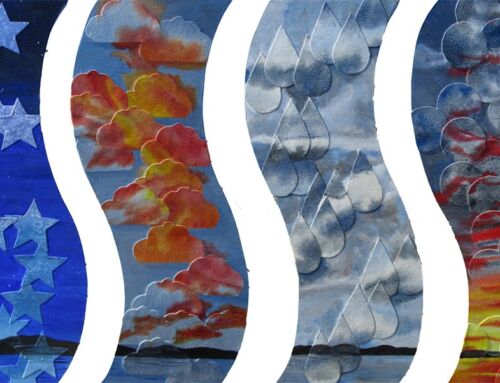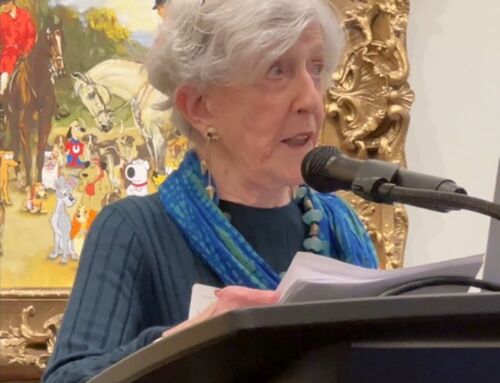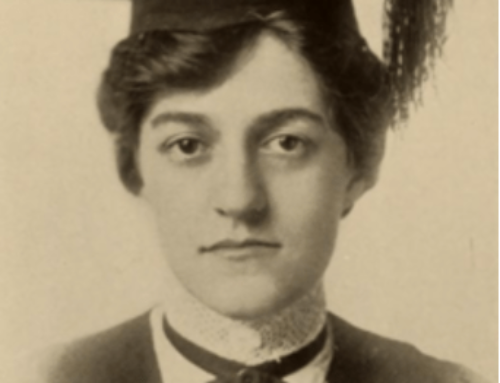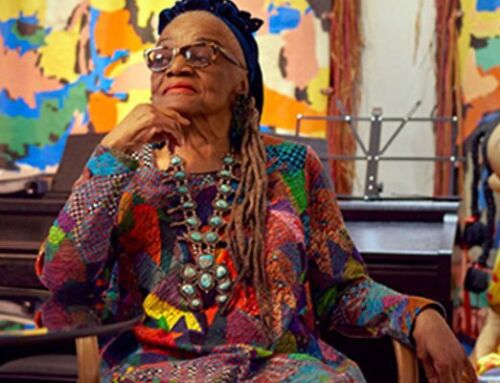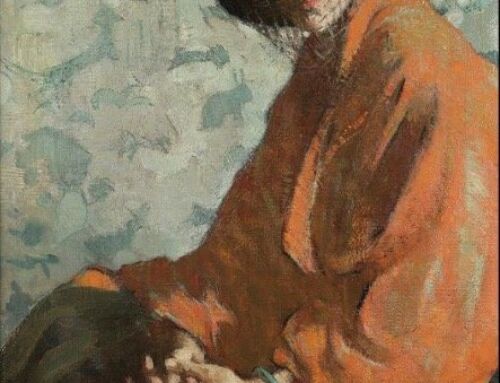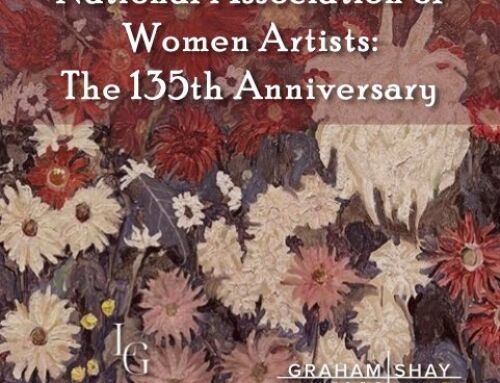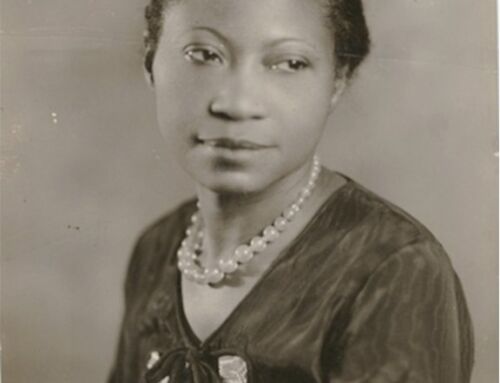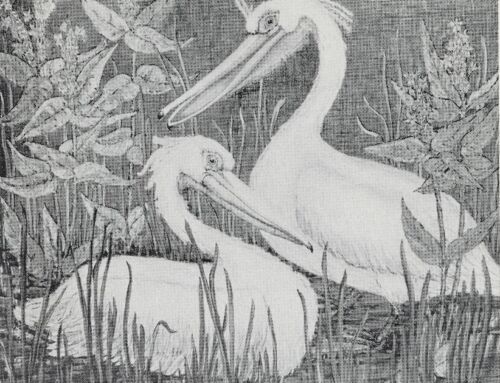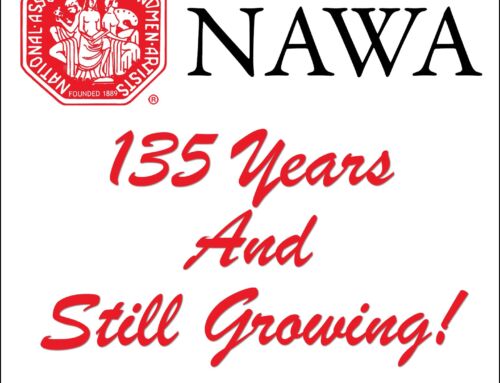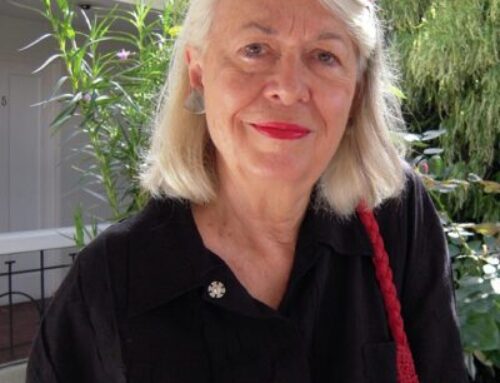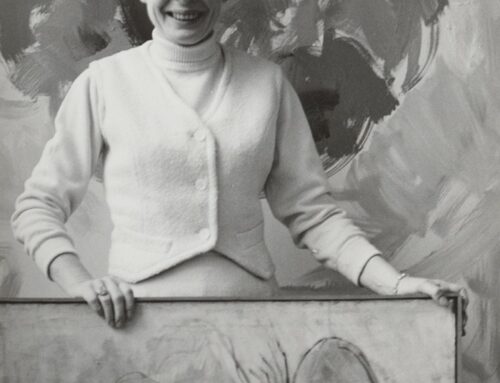NAWA Luminaries – IN CELEBRATION OF A LEGACY: THE POWER OF WOMEN WORKING TOGETHER
Nawa Luminaries is the intersection of NAWA’s Historical Research and current events around the United States highlighting celebrated NAWA members.

On the evening of January 31, 1889, five women gathered in Grace Fitz-Randolph’s studio on Washington Square in New York City. Edith Mitchill Prellwitz, Adele Frances Bedell, Anita C. Ashley, and Elizabeth S. Cheever joined their hostess with an agenda: They wanted to form a women’s art club that Edith Prellwitz hoped would be “productive of something good.”

Anita C. Ashley- A NAWA Founder
The five women were concerned that women artists were not significantly represented in major shows and had not received highly prestigious awards. It was not a social club they planned; these women wanted to provide women artists the privilege of displaying their work in dignified contexts alongside selectively juried professional women artists. These foremothers of what would become the National Association of Women Artists believed that “serious consideration of the work of women could be won only when it could be shown in sufficient quantity to demonstrate that creative achievement need carry no sex distinction.”1
As we begin the celebration of the 135th Anniversary of the National Association of Women Artists, we can reflect on that auspicious meeting in Grace Fitz-Randolph’s studio and how far we have come. As professional women artists supporting women’s place in the arts, we can consider the facts: Women remain dramatically underrepresented and undervalued in museums, galleries, and auction houses.
- An analysis of 18 major U.S. art museums found their collections are 87% male and 85% white https://www.smithsonianmag.com/smart-news/survey-finds-majority-artists-represented-major-museums-are-white-men-180971771/
- Just 24% of the 27,000 artists shown at art fairs in 2018 were women (https://theartmarket.artbasel.com/).
- In a study of 820,000 exhibitions across the public and commercial sectors in 2018, only one-third featured women artists (www.theartnewspaper.com/2019/01/25/gallery-representation-dwindles-for-established-female-artists-new-research-finds).
- In the top 20 most popular exhibitions around the world in 2018, only one was headlined by a woman artist https://nmwa.org/support/advocacy/get-facts/
- No women are in the top 0.03% of the auction market, where 41% of the profit is concentrated. Moreover, 96% of artworks sold at auction are by male artists (https://papers.ssrn.com/sol3/papers.cfm?abstract_id=3079017).
- Only 13.7% of living artists represented by galleries in Europe and North America are women (https://news.artnet.com/market/art-market-study-1179317).
- The NEA found that women artists earn progressively less than their male artist counterparts as they age. Women artists aged 55-64 earn only $.66 for each $1.00 earned by men.(https://www.arts.gov/impact/research/publications/artists-and-other-cultural-workers-statistical-portrait).
- Just 11% of all acquisitions and 14%of exhibitions at 26 prominent U.S. museums over the past decade were of work by female artists (https://news.artnet.com/womens-place-in-the-art-world/womens-place-art-world-museums-1654714)
-
-
-
-
-
-
-
- OUT OF 3,500 GALLERIES IN THE ARTSY DATABASE
- 48% REPRESENT 25% OR FEWER WOMEN ARTISTS
- 10% REPRESENT NO WOMEN ARTISTS AT ALL
- ONLY 8% REPRESENT MORE WOMEN THAN MEN
-
-
-
-
-
-
The facts are sobering. As women in the arts, we have a formidable track record for doing more than one thing at a time and doing them well. On the eve of NAWA’s birthing, we can celebrate our accomplishments as advocates for women artists and attune and redouble our efforts to nurture their successes. In an art world that leaves too many women artists feeling unmoored by the changing and challenging gatekeepers, working together we can educate, promote, and participate in an increasingly market-oriented field. Working together, we have already proven that we will not give up.
Footnotes
Berta N. Briggs, “History of the National Association of Women Painters and Sculptors, 1889-1939,”p. 21.
Susan M. Rostan, M.F.A , Ed.D. Co-Leader: NAWA Historical Research Team
Signature Member of the National Association of Women Artists
NAWA. Empowering Women Artists Since 1889



